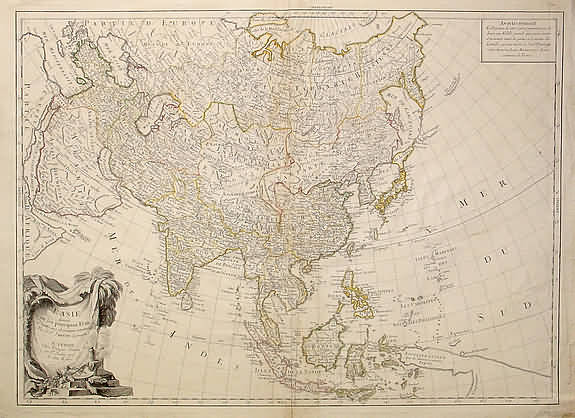The Great Yuan—how grave and dignified,
Its authority by the crafty and duplicitous monopolized.
‘Repairing’ the Yellow River dikes [1351], ‘reforming’ the
paper currency [1350],
These calamities set off the Red Turbans by the host.
Too many laws, punishments too harsh—that’s incited
the people’s wrath.
People eating people, cheap money buying out dear—
Nothing like this seen in former years.
Bandits in office, officials in gangs; Alas! What a pity,
Muddling together the worthy and the dumb.
Tao Zhongyi recorded this poem in the 1350s and claimed that it was popular with “folks from the capital all the way to Jiangnan.” I am always suspicious of sources like this. There was a long tradition, supposedly going all the way back to the Book of Songs and definitely going as far back as the Han, of elites collecting folk songs as a way of judging the popular mood. As a historian you have to question what “folks” means here. Are these really songs sung by commoners? On the other hand you have to appreciate that members of the elite find it appropriate to try and speak with the voice of the common people.
The thing that really struck me about this one was the fairly clear statement of Gresham’s Law in the fourth line from the end. Actually, a bit of googling quickly showed that Gresham’s law (Bad money drives out good) is older in the West than I had thought. More interestingly, this does not really seem to be Gresham’s Law, or at least it was not understood that way by the Chinese authors who wrote about it. According to wikipedia Gresham applies when two forms of money are available, one (bad money) with a larger spread between the face value and the commodity value. This was not how Chinese economic thinkers looked at it, however. According to von Glahn Fountain of Fortune: Money and Monetary Policy in China, 1000-1700 California U.P. 1996 Chinese monetary theory usually assumed that “the purchasing power of the medium of exchange was solely a result of its quantity, in the form of money, in relationship to the supply of all other commodities.”(p.33) That paper money had no intrinsic value was not a problem, since Chinese money was usually seen as fiat. This explains why the Chinese started using paper money so much earlier than anyone else.
There were strains of metalism, the idea that the value of money was based on the metal in it, in Chinese thought, and apparently especially among the commoners. Keeping the volume of money appropriate and making paper convertible to coin were the mainstays of policy when the paper currency was functioning well. I get the impression that convertibility was seen as more of a sop to the commoners, who favored coin as a better store of value, a use of money that the state was not as concerned with. So yes, the currency was collapsing, and yes the quote seems to be Gresham’s Law, but the understanding of money is completely different.
I’m probably misunderstanding something here, of course.
Poem from Paul Jakov Smith “Impressions of the Song-Yuan-Ming Transition” in Smith and von Glahn The Song-Yuan-Ming Transition in Chinese History Harvard U.P. 2003




